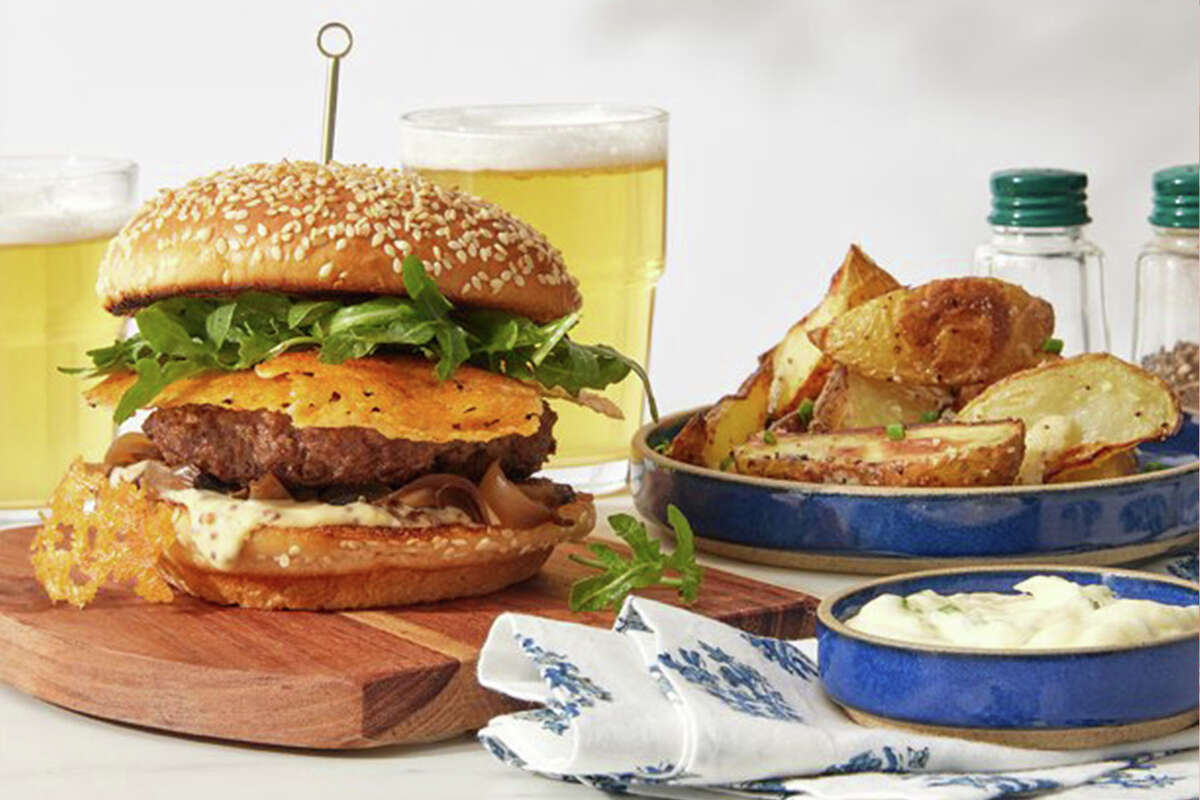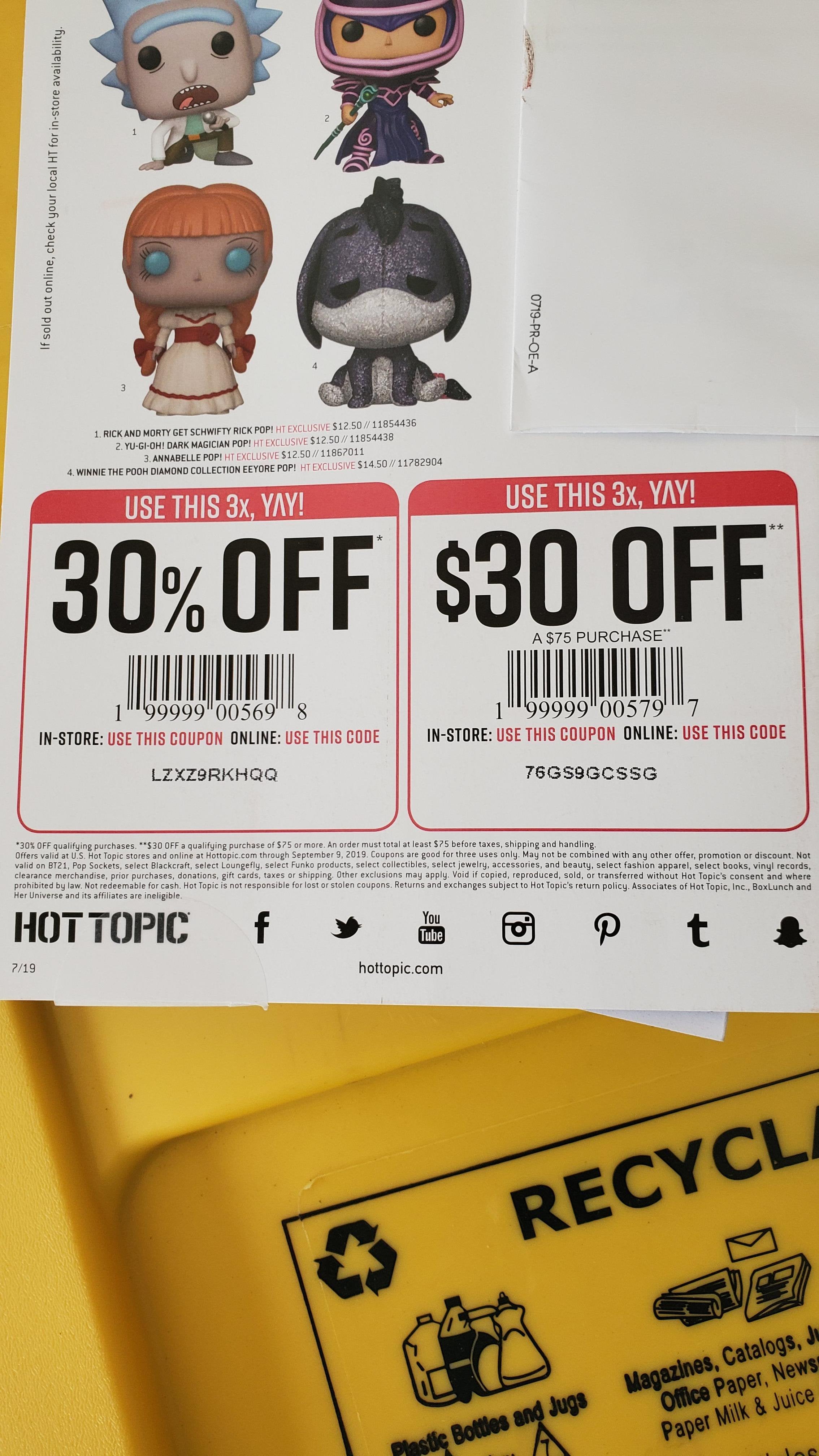
The definition of retail is becoming more blurred. There are so many channels and activities involved in retail that it can be difficult to pinpoint a single definition. Merriam-Webster defines retail as "the industry of selling", with the consumer at the end and the manufacturer at the beginning. In addition to the various channels, retail also includes the supply chain that stretches from a store to an online site. This article will focus on the key terms and current trends in retail along with some strategies for success.
Defining retail
There are many ways that retailing can be defined. Retail is a business that sells goods and services to the general public. There are many retail formats available today, including discounters and department stores. All these formats compete on price but there are niche retailers and premium brands as well. There are also other categories, such as specialty stores and mass merchants. These are just a few examples of different types of retailing, and they can be useful in understanding the nature of retailing.
Some retail sectors are dominated by large, global corporations while others are dominated by small, locally-targeted companies. Although large retailers tend to dominate the markets, small businesses are taking more market share with innovative products, local demand and excellent customer service. Many retailers reduce their stores by opening kiosks and smaller stores. Some choose a specific size store based on the area in which they are located. A general definition of retail involves both macro and micro environmental factors.
Retailing can be done at multiple levels. Distributing products from one end to another of the production cycle is how it works. The middle-person that matches individual consumer needs with the manufacturer's, is called a retailer. French retailer means to sell, cut or break something. Retailing has become a complex industry and requires extensive knowledge of a variety of areas.
Discount stores are a prime example. In the 1950s, in the USA they entered retail with low statuses and low mark-up. They became high-priced, high-cost retailers over time. Then, competitors began to spot and encroach on their territory, which made them vulnerable to the next innovator. Non-price competition was popularized in the final decline phase. It produced higher gross margins and proved to be less harmful than price competition.
Retailing Trends
Today, retailing is one of the fastest growing sectors of the global economy, but it is still in the transition stage. As the consumer lifestyle changes, organized retailing has become more popular in China as well as South Asia. The shift to organized retailing is being driven by rising disposable income, urbanization, favorable demographic patterns, and increasing urbanization. Moreover, consumers are increasingly turning to organized retailing for their daily routine needs. India's retail market is changing rapidly.
Retailing trends are influenced by the aging population. Around 22 percent of Americans over 60 will be living in the United States by 2030. This demographic is known for their love of quality goods and excellent customer service. This demographic demands that the retail industry adapts to new technologies and adopt new technology to remain competitive. But how can retailers make their customers happier? Let's examine three of the most coveted trends in retailing. Trends in retailing are a great way for brands to attract younger customers and increase sales.

Online shopping has revolutionized the retail industry. Manufacturers can now sell directly to their customers through the internet. This has made it easier for consumers to choose online retailers and reduce the need for brick-and-mortar stores. This trend can, however, compromise one of the retailer's core strengths. Brick-and-mortar shops are often in prime locations, and can take many years to build. A network of strategically situated outlets is a great way to give major retailers an edge in the marketplace.
Another trend that will change the landscape of retailing is the rise of multicultural America. Hispanic and Asian children born between the 1990s and 2000s will make up about 25% of the U.S. population by 2025. This will allow them to be felt all across the country. According to the report, age gaps between generations will grow, creating two distinct "shopping states". The report says that the over-50s will be in competition with the under-30s and younger generations. These lifestyle differences, shopping preferences and preferences will all have an impact on the retail market over the next decade.
Industry leaders
The retail industry in developed countries is competitive globally and well-developed. However, emerging economies like India or Singapore have played a significant role in boosting the industry. These countries attract large numbers of tourists, which increase demand for apparel, electronics, and fashion. In these countries, consumer spending accounts for more than two-thirds of GDP. As such, they have become popular shopping destinations in Asia-Pacific. The retail industry offers a lucrative business opportunity, as well.
As consumers shop online, the number of unorganized retail outlets is decreasing. However, the organized retail market is growing. Walmart and other big retail companies have announced plans to close six Canadian stores by March 2021. But, they will be investing USD500 million in new stores. These big players will need to decide where they want to be focused and what strategy will help them succeed. It's important for retailers to set up a strong retail strategy in order to compete in this environment.
India's retail industry is strongest in the major cities. However, smaller towns are also starting to catch up. Many of these companies want to target second-graded cities in India, like Pune and Ahmedabad. South Indian zones have taken over the supermarket model and have influenced many other cities. This is why these multinationals are investing so much in India. However, the future of the retail industry is bright.
The Indian retail industry is the fifth largest in the world. There are two types of Indian retail markets: organized and unorganized. While the former is more popular, it is largely unorganized. By 2015, the organized retail industry in India is expected to grow at a faster pace than the country's GDP. This trend could result in more revenue for the industry. You should look into this career if looking for a retail job.
Ideas for starting a retail business

There are many options available to open a retail shop. You need to be familiar with all regulations and laws before you can open your retail business. Every state has its own laws about retail businesses. It is worth visiting the government website of each state to find out what you need in order to open your shop legally. To ensure you understand the regulations and rules of your state, it is also important to learn about any local regulations.
A point of sale system is the most important tool in any retail store. Online stores should invest in employee scheduling software. If you are a brick-and-mortar store, you'll probably have to hire employees. Fortunately, there are plenty of tools to help you manage these people. One of the most important tools for running a retail business is a point of sale system, but there are many more.
Different types of retail business require different steps to get started. Some retail businesses require a large staff, while others require a small group. Listed below are 11 steps you'll need to follow to successfully open a retail business. These steps don't have to all be taken at once. Partnering with a retail professional can help you decide what type of business to start.
FAQ
How can I get the most value for my money when buying clothes online?
There are several things that you can do to ensure that you get the best deal when you shop for clothes online. Free shipping is a great option. These promotions often offer free delivery within Australia.
Before making a purchase, make sure you check out their return policy. Some websites allow you the right to return your items within 30 calendar days after they arrive. Others only allow you to return them within 14 days.
Third, look into customer reviews of the retailer you're considering buying from. This way, you'll know whether they are reputable and reliable.
Fourth, compare prices between different retailers. You can compare prices of different retailers on a variety of websites.
Don't forget to look out for coupon codes or sales on certain brands and clothing types. For any additional deals, check the website regularly.
Are there any tricks or tips that will help me save money shopping online?
Make a list. Then go through each item on your list and decide which one you prefer to buy at a lower cost. After you've made your decision, compare prices across different websites. Make sure you find the lowest price possible on each product.
Are there other things that I should know about buying clothes online
Before buying clothes online, you need to be aware of several things. First, know your measurements. This may seem obvious but many companies don't offer this information, so you might have a hard time guessing.
Second, be aware of shipping costs. Shipping costs will vary depending upon the item ordered. It is important to know exactly where your parcel is going. Some items ship directly from manufacturers while others are shipped through third-party warehouses. Delivery times can be affected by this.
Finally, read reviews carefully. There are many negative experiences. Do not let another person's bad experience affect yours.
Do you believe it is important to use coupons at grocery shops?
Yes, coupons are a great way to save money. Be aware that not all discounts are available. It is best to match coupon prices with sales prices.
To maximize savings, you can stack coupons together. You could, for example, combine two $2/1 coupons to make one $4/3 coupon.
Do I qualify for free shipping if my order exceeds $25?
Most major websites allow customers to place orders without having them pay for shipping. Some websites offer free shipping for certain items. For free shipping, you must spend over $25. Many websites will automatically apply free delivery to your entire shopping cart. Other websites require you enter the code “SHIPFREE” at checkout.
Can I use gift cards to shop online?
Many online shops accept gift cards. These cards are valid to purchase online products.
However, you cannot use them to redeem reward points.
How to avoid being cheated when using your credit card online
Before you make any purchases online with credit cards, be sure to check your statements. You should only pay what you actually owe. To check your bank statements frequently for suspicious activity, If you spot any unusual charges, immediately contact your card issuer. They will normally cancel the transaction and reimburse any money taken out.
Contact your local police station if it seems you have been swindled. You can file a report with the Federal Trade Commission (FTC) as well.
Statistics
- According to the Federal Trade Commission (FTC), online shopping was the fourth most common fraud category for consumers as of February 2022.5 (thebalance.com)
- Last Black Friday, I bought a stove from Lowes at 40% off, receiving 24 months of interest-free financing (from Lowe's). (meetfabric.com)
- A report from the U.S. Census Bureau found that in the first quarter of 2022, an estimated $250 billion was spent on retail e-commerce sales.1 (thebalance.com)
- The tax is automatically added once you click the checkout button, so factor in an additional 20% when looking at the product page. (makeuseof.com)
External Links
How To
How do you make a grocery shopping list?
A grocery list should include items you regularly buy at your local supermarket. These are the categories you should include in your grocery list:
-
Produce (vegetables, fruits)
-
Meat/fish
-
Dairy products (milk cheese yogurt, cheese)
-
Snacks & sweets
-
Drinks
-
Other groceries
It is important to be concise when creating a grocery list. It is not a good idea to list everything you eat every day. This would make it too complicated and long. Try to find out what ingredients you use frequently and add them to your list. You may like something different, so add it to your list!
Knowing the recipes you like to cook can help you save some time. You can search online for the ingredients and then print the recipe. Alternatively, you can always take a picture of the ingredient list and put it into Evernote, so you can easily access it later.
Check out our article to get some ideas on how you can make a grocery checklist.